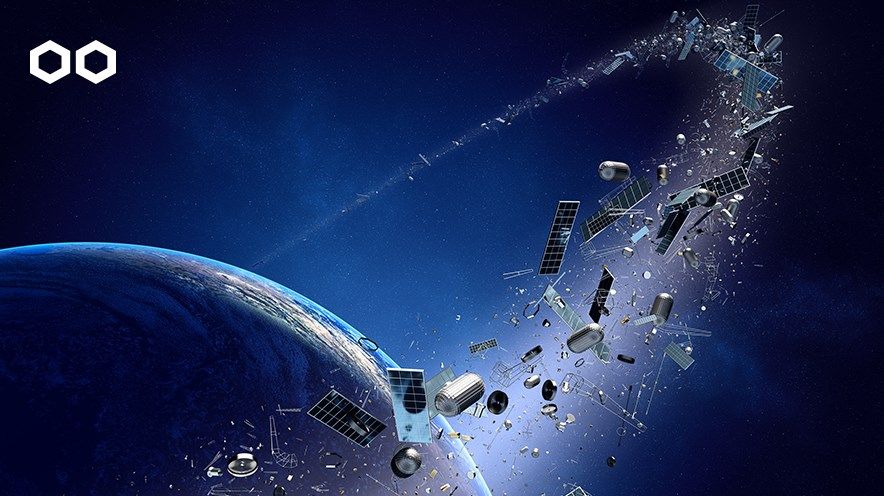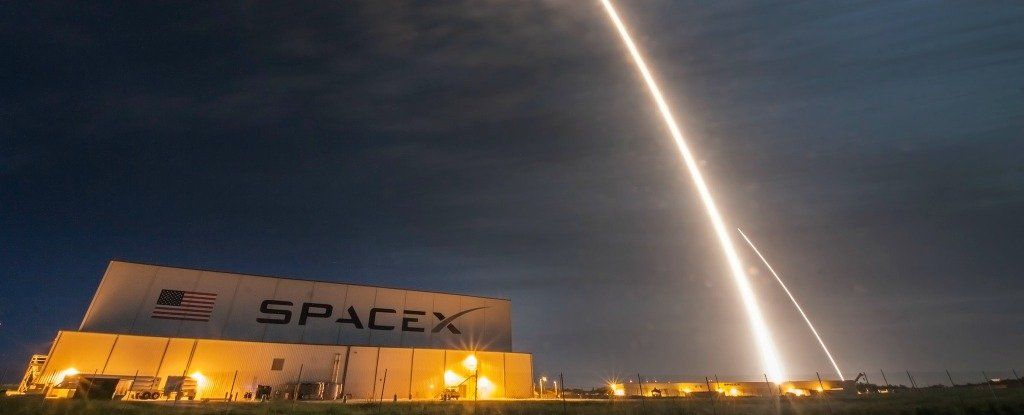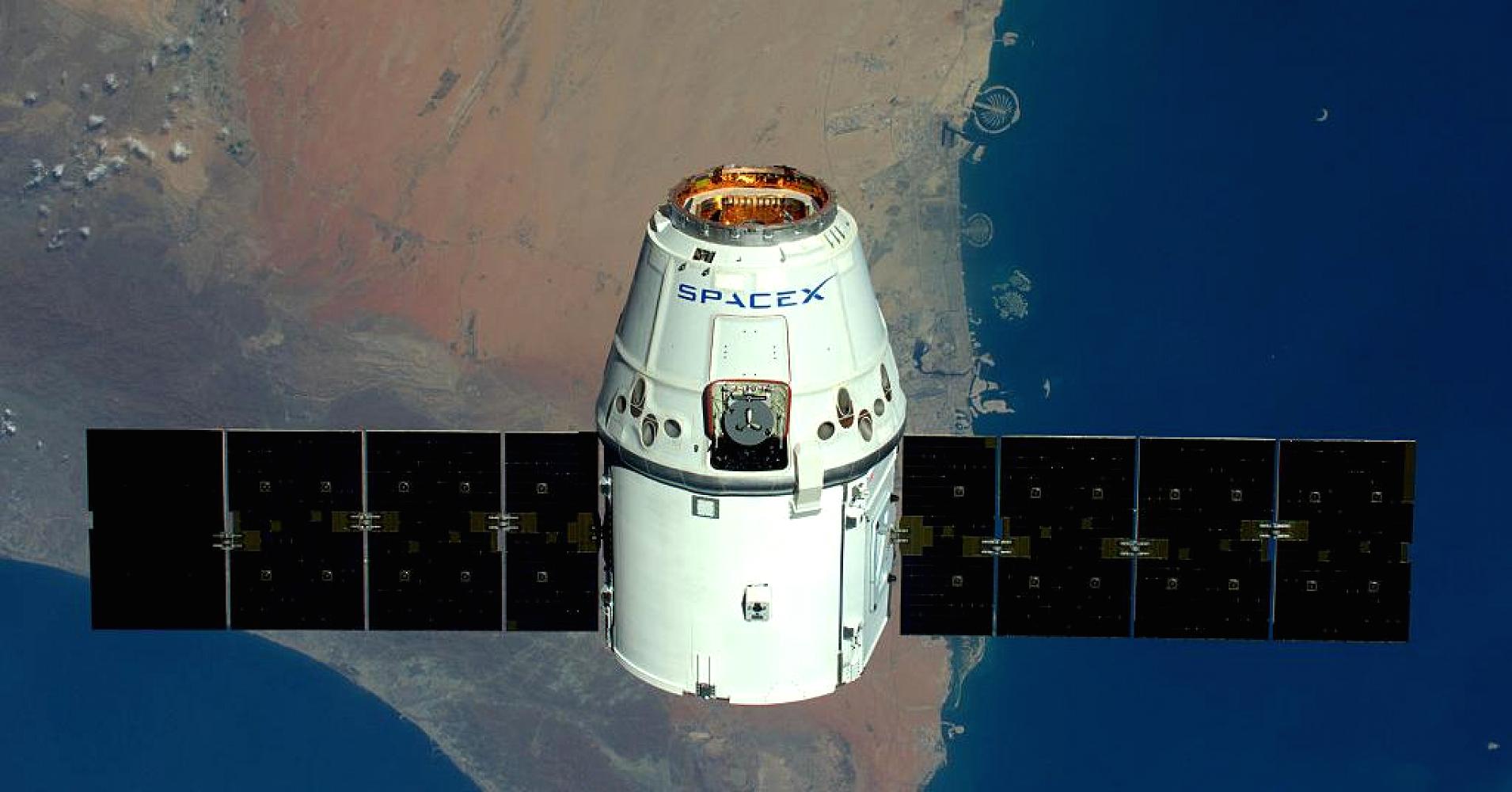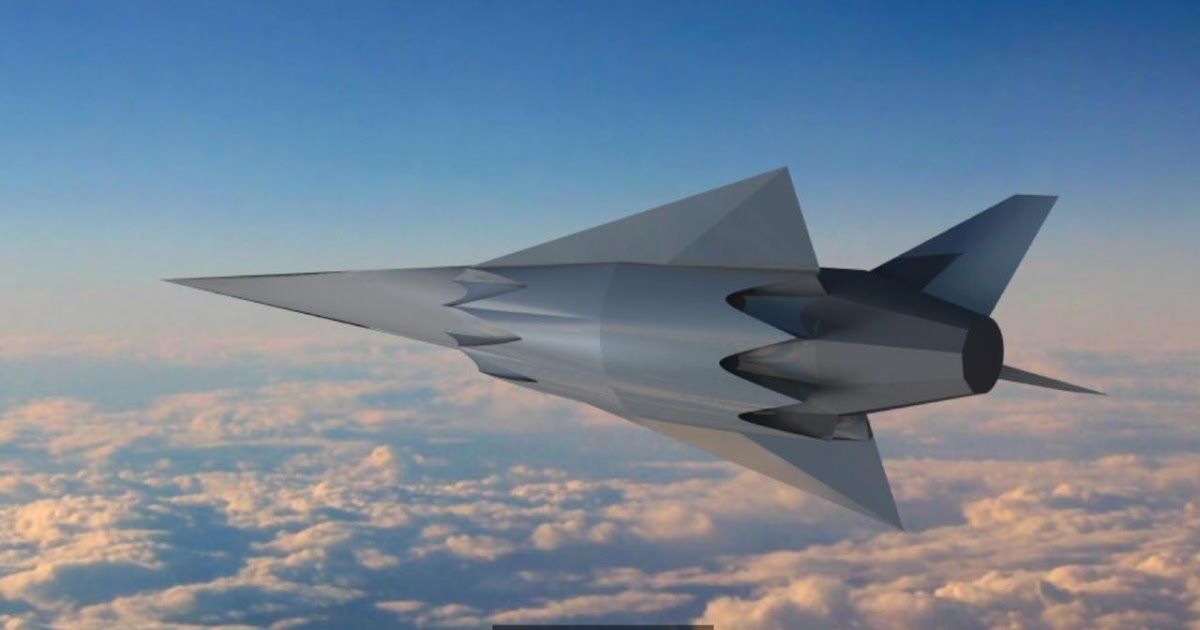Archive for the ‘satellites’ category: Page 173
Dec 11, 2016
China Set To Launch It’s Satellite Missile Test, What Does This Mean?
Posted by Karen Hurst in categories: military, satellites
With the ongoing number of China’s space mission, how important is this missile test that is believed to be capable of destroying enemy communications? If all goes according to plan, what will happen then? Find out what authorities have to say.
( Idf/Getty Images)
China is once again being put to the spotlight after it has revealed that they are preparing to launch their anti-satellite missile that is believed to have the ability of destroying satellites in space. Authorities of the said project says that this is definitely one of Beijing’s most potent asymmetric warfare weapons. one of Beijing’s most potent asymmetric warfare weapons. It was found that the US intelligence officials have already detected preparations for a test launch of the Dong Neng-3 which is due to take place at a military facility in central China. However, despite these information, riva; countries said that little is known about the missile and the satellite.
Continue reading “China Set To Launch It’s Satellite Missile Test, What Does This Mean?” »
Nov 29, 2016
Diamond Batteries Made of Nuclear Waste Can Generate Power For Thousands of Years
Posted by Shailesh Prasad in categories: biotech/medical, nuclear energy, satellites, sustainability
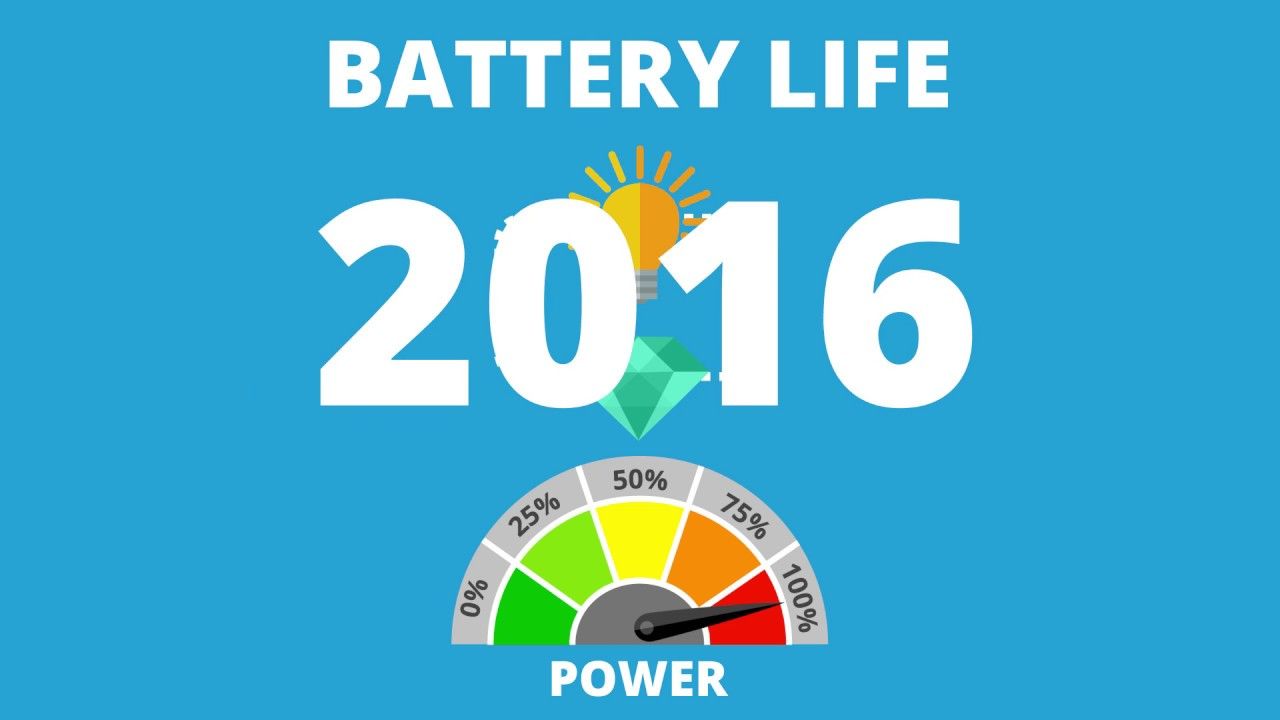
In Brief
- Scientist have developed an ingenious means of converting nuclear power plant waste (76,430 metric tons in the US alone) into sustainable diamond batteries.
- These long-lasting batteries could be a clean and safe way to power spacecraft, satellites, and even medical devices.
Nov 27, 2016
SpaceX Wants to Surround Earth With an Internet Service That’s 200 Times Faster
Posted by Klaus Baldauf in categories: Elon Musk, internet, satellites
SpaceX, the aerospace company founded by the Mars-hungry tech entrepreneur Elon Musk, just made a big move to enshroud the planet in high-speed internet coverage.
On November 15, the company filed a lengthy application with the Federal Communications Commission (FCC) to launch 4,425 satellites. (We first heard about the filing through the r/SpaceX community on Reddit.) That is a hell of a lot of satellites.
According to a database compiled by the Union of Concerned Scientists, there are 1,419 active satellites currently orbiting Earth.
Continue reading “SpaceX Wants to Surround Earth With an Internet Service That’s 200 Times Faster” »
Nov 24, 2016
DARPA developing robots to fix and maintain satellites that are one tenth of the distance to the moon
Posted by Klaus Baldauf in categories: robotics/AI, satellites

The traditional process of designing, developing, building and deploying space systems is long, expensive and complex. These difficulties apply especially to the increasing number of expensive, mission-critical satellites launched every year into geosynchronous Earth orbit (GEO), approximately 22,000 miles above the Earth. Unlike objects in low Earth orbit (LEO), such as the Hubble Space Telescope, satellites in GEO are essentially unreachable with current technology.
Nov 23, 2016
Minimum Interstellar Precursor Mission
Posted by Klaus Baldauf in categories: energy, satellites
With the continuous advancements in nano-satellite technology, there has been a significant increase in proposed CubeSat missions for sophisticated space exploration. Due to their cost efficiency, rapid development and ongoing miniaturization of satellite bus systems and scientific payloads, CubeSats offer the potential to increase the range of capabilities of deep space explorations. Missions already on launch manifests such as Mars Cube One, Lunar Flashlight, and NEA Scout will demonstrate the use of CubeSat technology for planetary explorations. CubeSat capabilities are also being expanded for other deep space missions and for the detection technique of Near Earth Objects (NEOs). With the increase in anticipated that CubeSats will increasingly become an attractive option to conduct cost-effective interplanetary missions. This increase in interest and development allows further advancement of Technology Readiness Level (TRL) of the present technology, which can be extrapolated for extra-solar and near interstellar missions. The work presented in this paper addresses the potential utilization for interplanetary and near interstellar missions using technology developed from off-the-shelf components. The paper introduces the current CubeSat technologies, their baselines TRLs, and the requirements needed to conduct such missions. It further presents the feasibility study of the available CubeSat technology to conduct near interstellar mission by the year 2030. The feasibility of different propulsion, communication, electrical and power subsystems with a TRL level of 5 and higher in the next 10 years is evaluated. This paper outlines the fundamental mission and spacecraft architecture required to exit the solar system using miniaturized space system technologies. The analysis and suggestions presented in this paper help recognize the resourcefulness of CubeSat for interplanetary and the edge of the solar system missions.
Nov 22, 2016
SpaceX wants to launch 4,425 satellites into space to bring super-fast internet to the world
Posted by Shailesh Prasad in categories: Elon Musk, internet, satellites
Free Satellite WiFi
Elon Musk’s SpaceX wants to launch thousands of satellites into space with the aim of providing super-fast global internet coverage, according to a regulatory filing.
SpaceX – the company on a mission to colonize Mars – outlined plans to put 4,425 satellites into space in a Federal Communications Commission (FCC) filing from earlier this week.
Nov 17, 2016
Australia developing low cost hypersonic second stage for small satellite launches
Posted by Klaus Baldauf in category: satellites
Once you get to mach 5+ hypersonic speed, then a scramjet works and it is by far the most efficient type of engine for hypersonic speeds. A scramjet needs some other form of propulsion to get it to Mach 5. As a result, scramjets have become something of a well-studied technology in search of a practical application.
To reach these hypersonic speeds, Michael Smart, professor of hypersonics at the University of Queensland in Brisbane plans to combine an uncrewed scramjet with conventional rockets. He believes his Spartan launch system could radically reduce the costs of blasting satellites into orbit.
“All conventional satellite launch systems use different stages,” says Smart. “There’ll be a first stage rocket that normally gets up to Mach 5 or 6, you’ll have a second scramjet stage that goes two thirds of the way to space and you’ll have a final upper stage that takes the satellite into orbit.”
Nov 17, 2016
SpaceX filed with FCC to operate 4400 satellites and Elon Musk SpaceX shares are worth $8.1 billion
Posted by Klaus Baldauf in categories: Elon Musk, internet, satellites

https://youtube.com/watch?v=TK9oS7HS3Ng
Elon Musk’s trust currently owns 54% of the outstanding stock of SpaceX and has voting control of 78% of the outstanding stock of SpaceX.
Nov 9, 2016
China launches X-ray pulsar navigation satellite
Posted by Karen Hurst in category: satellites
The XPNAV-1, developed by the China Academy of Space Technology, was sent skyward at 7:42 am atop a Long March 11 solid-fueled rocket from the Jiuquan Satellite Launch Center in northwestern China, the China Satellite Navigation Office said in a press release.
